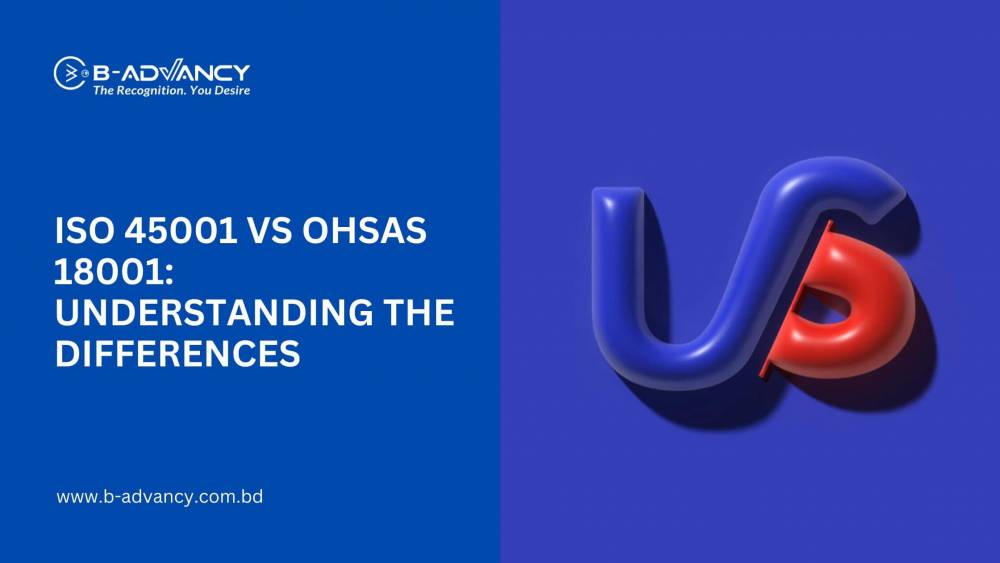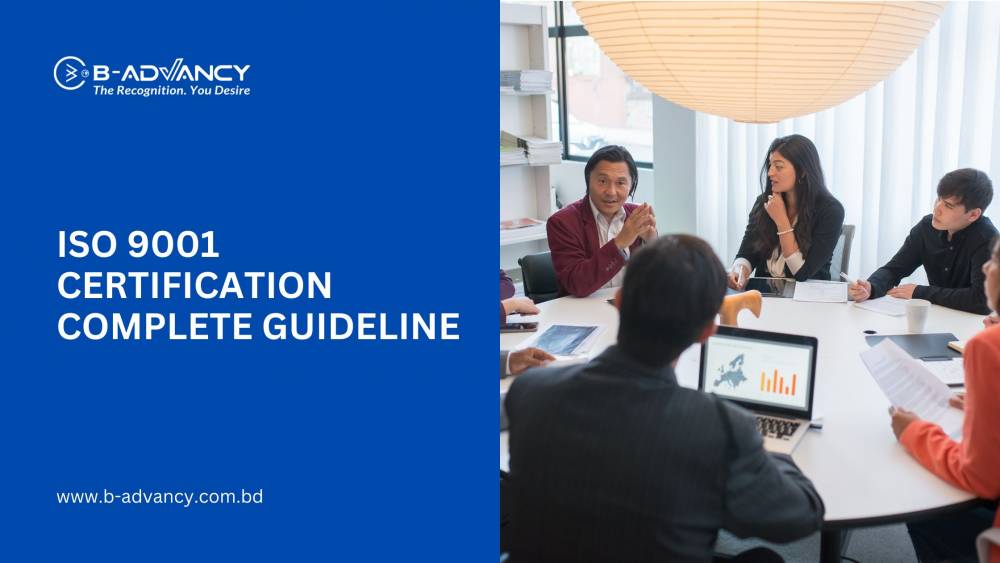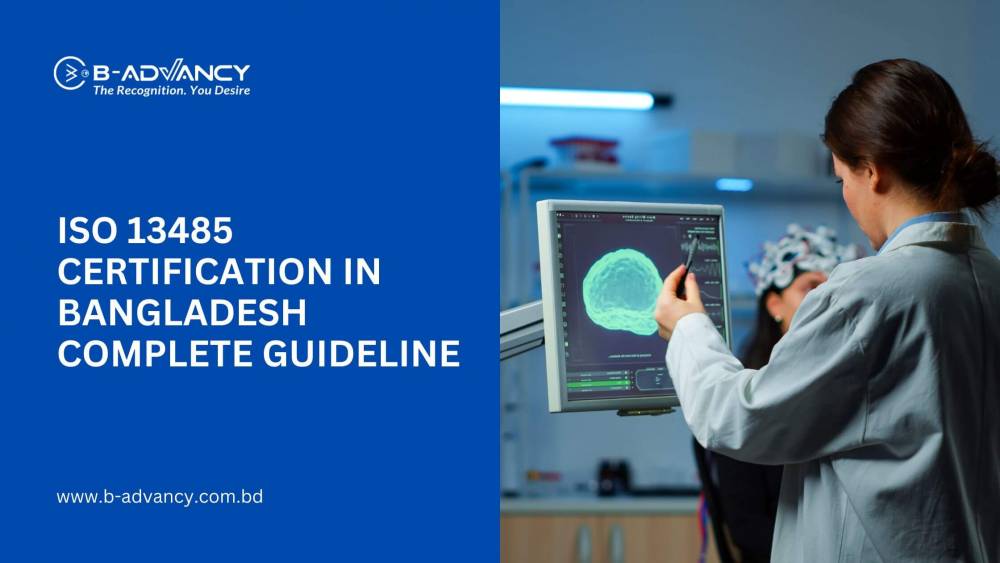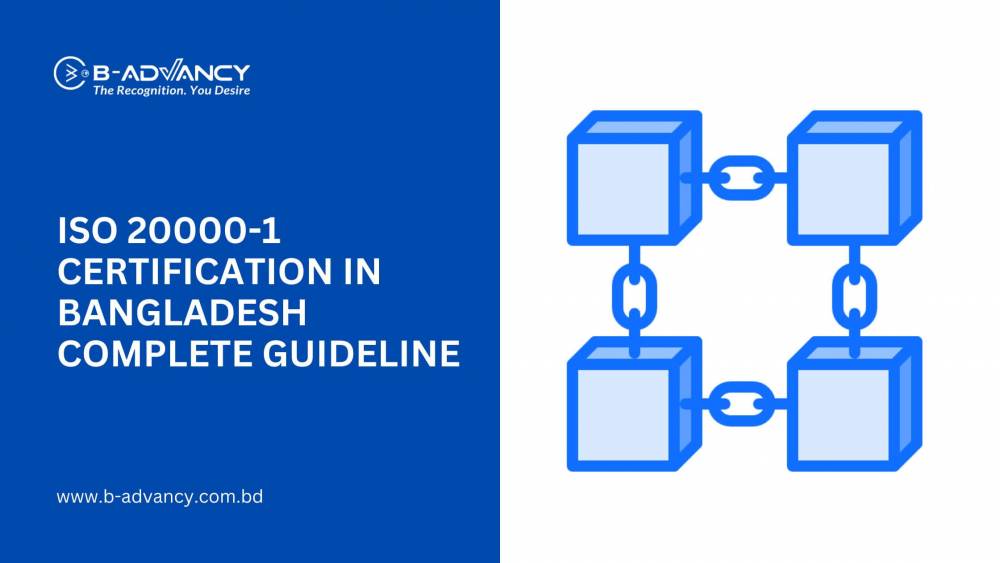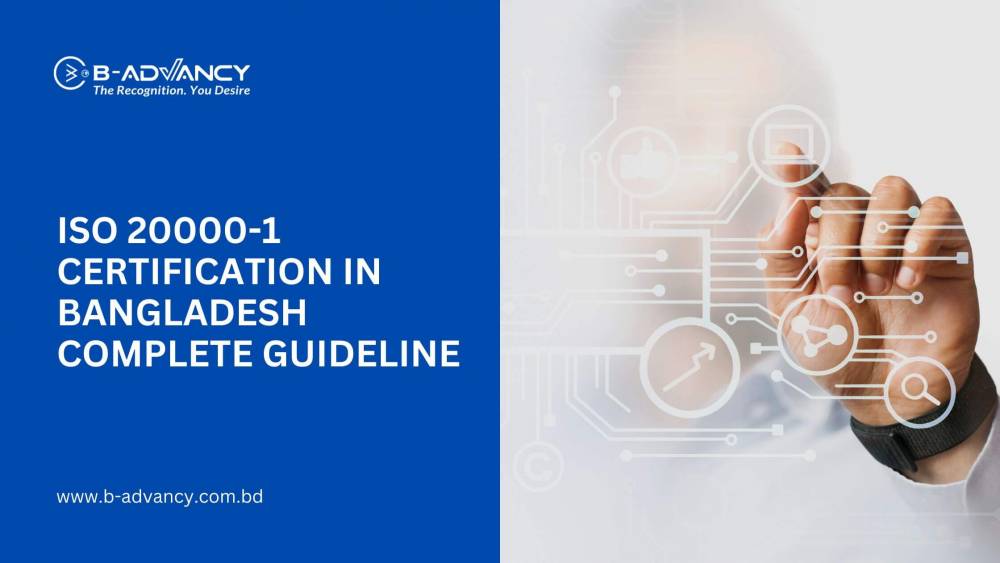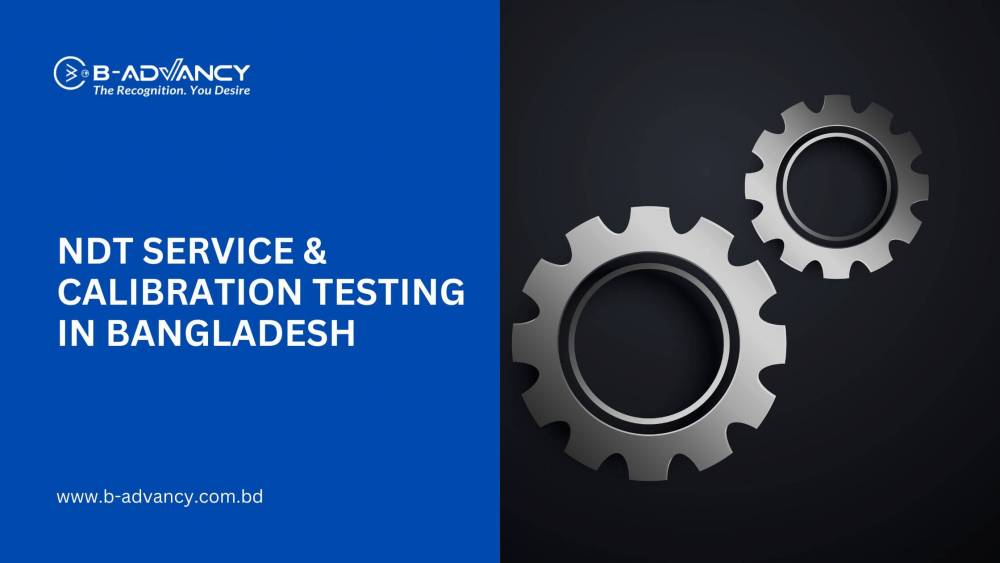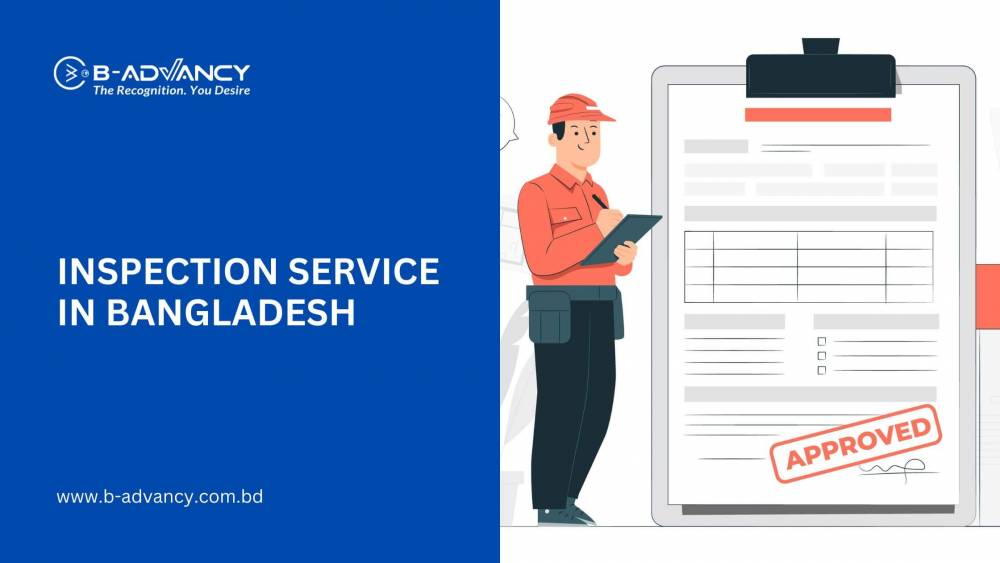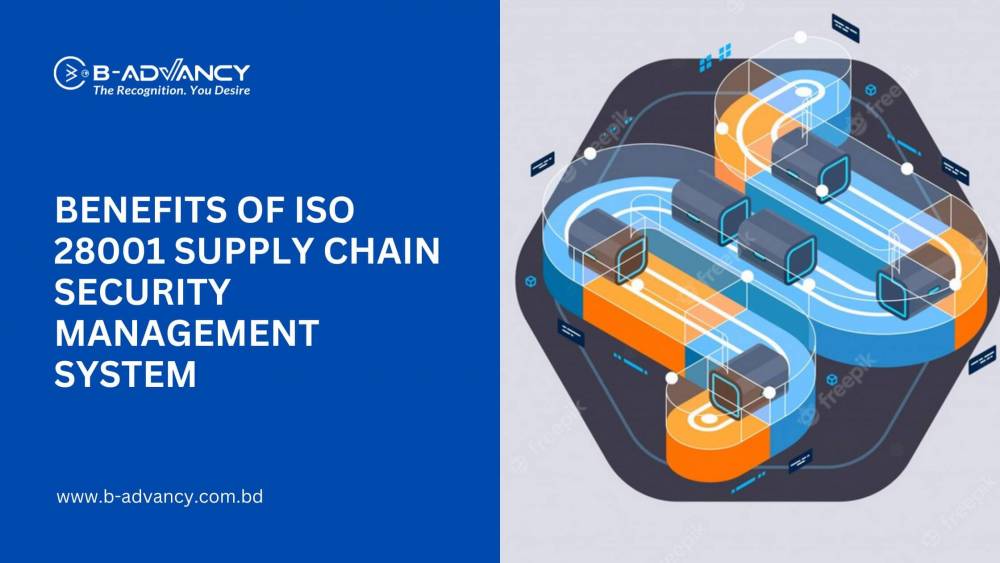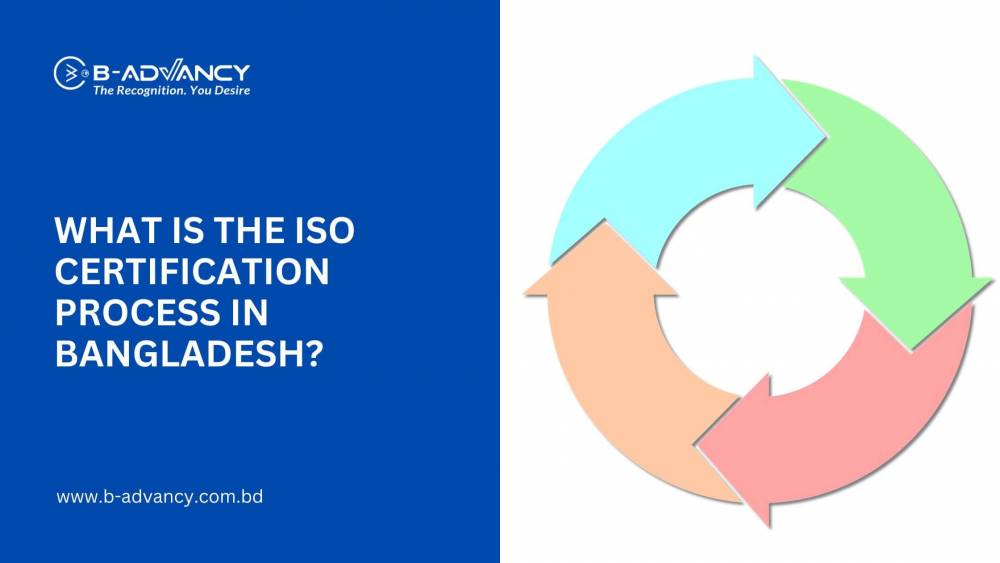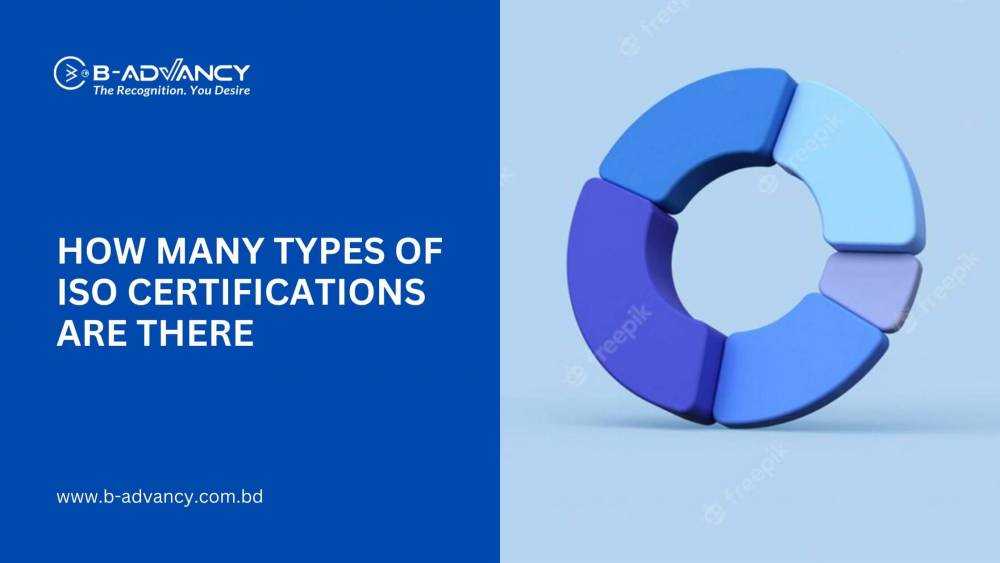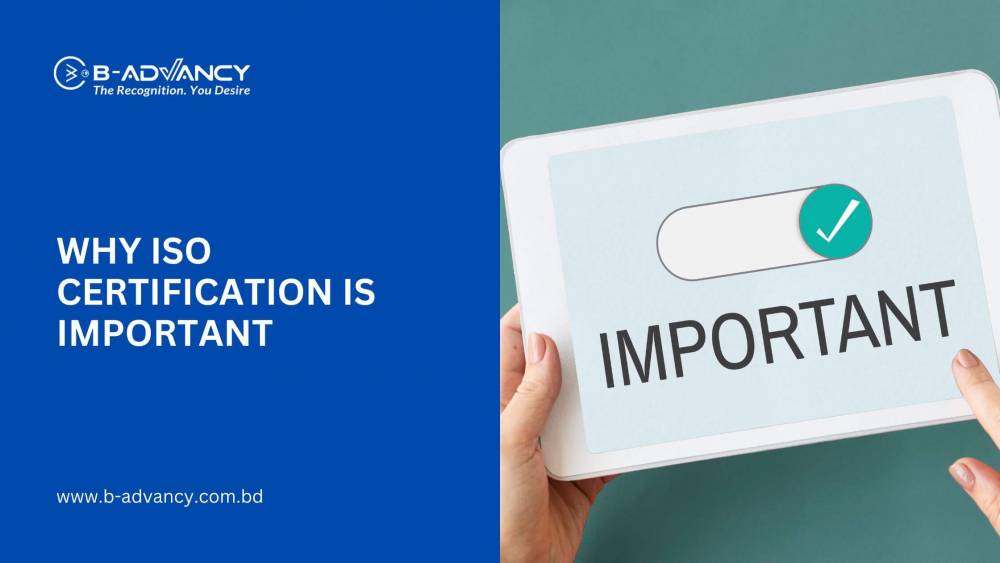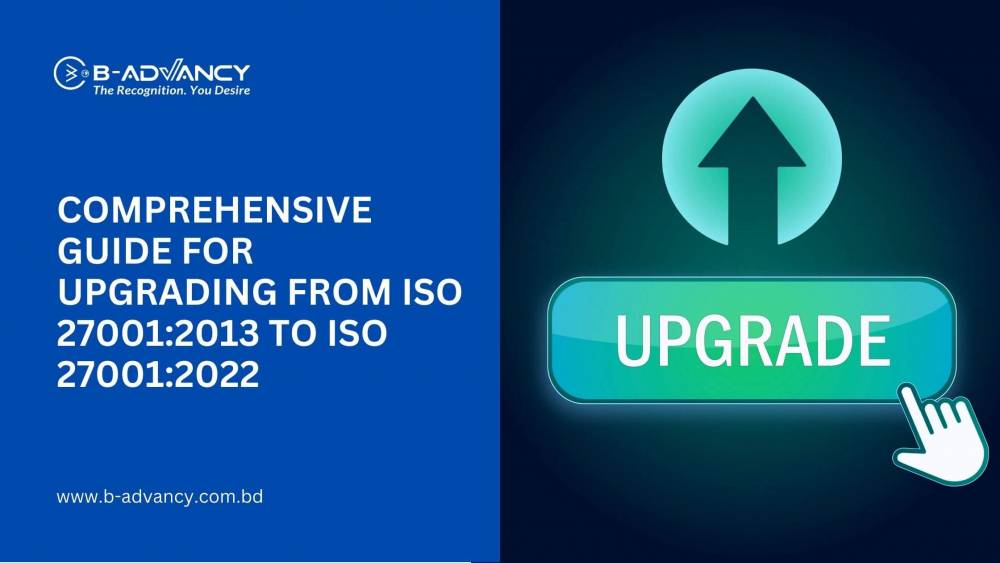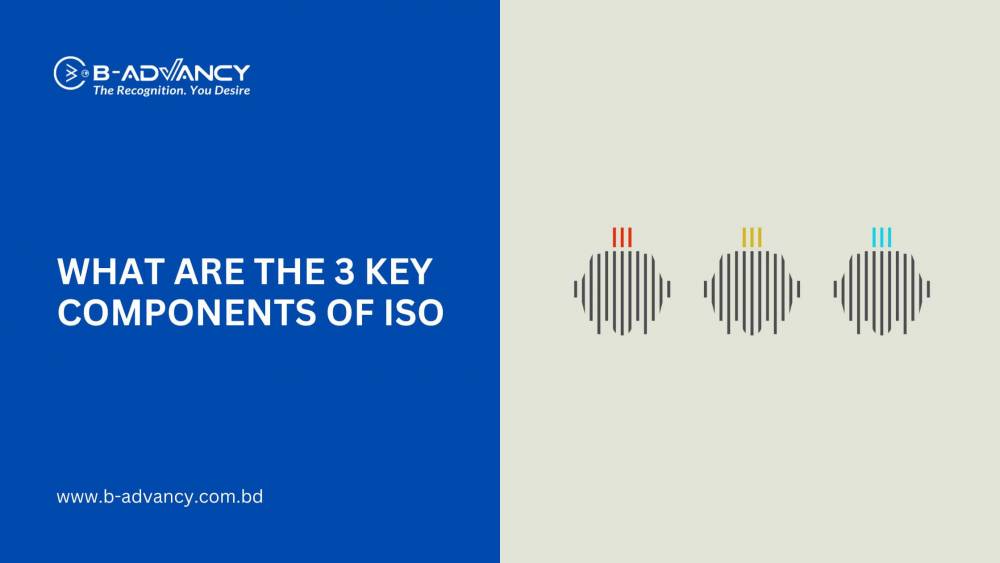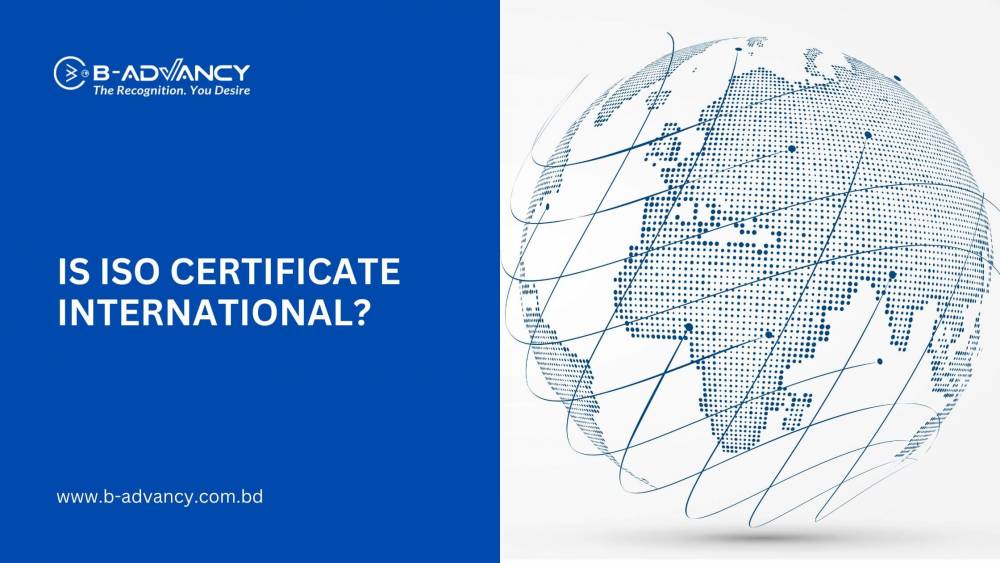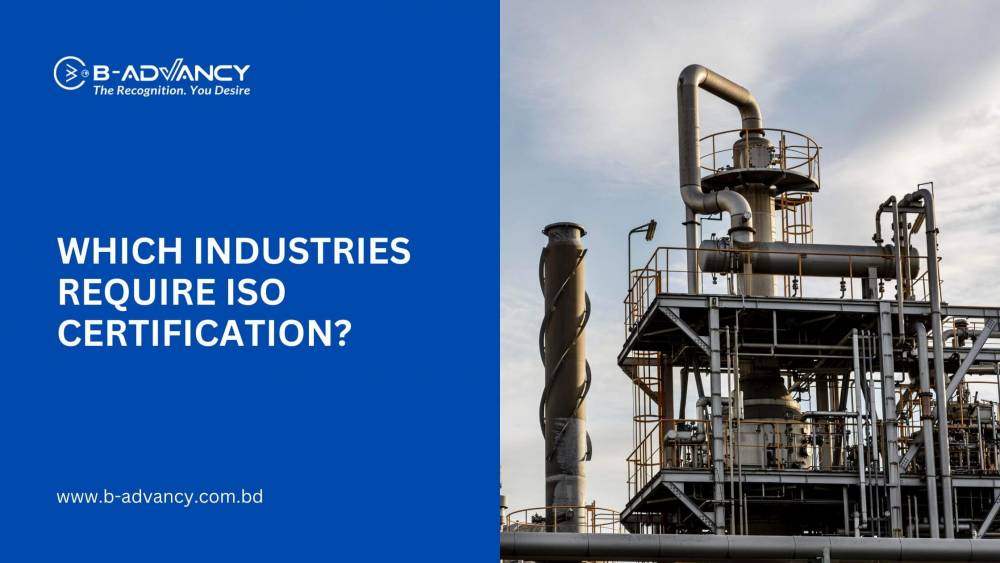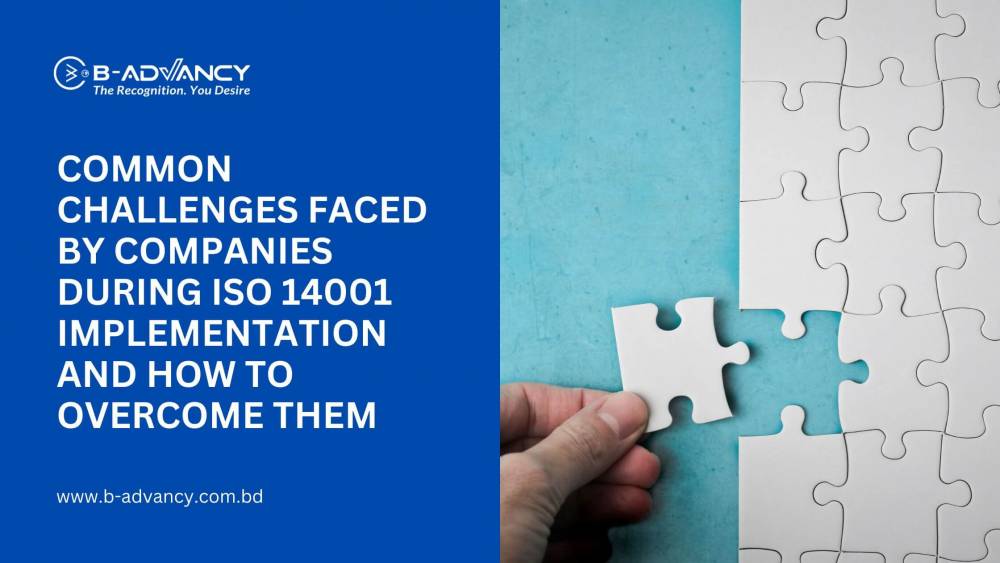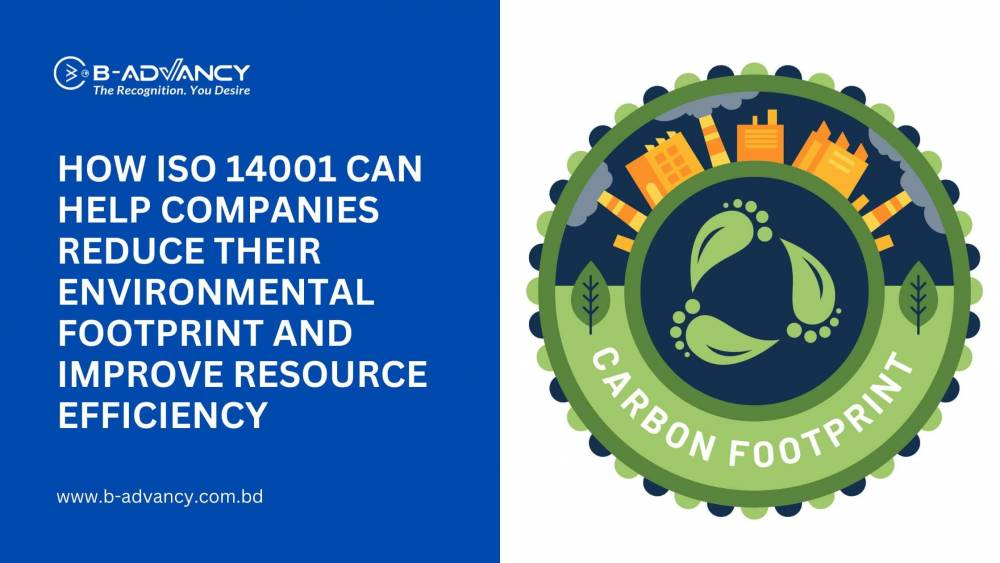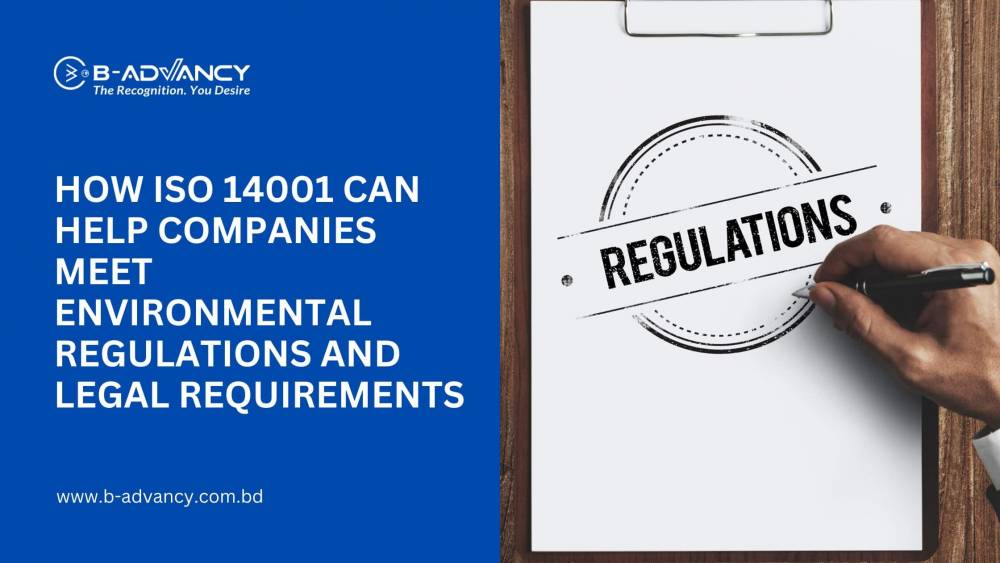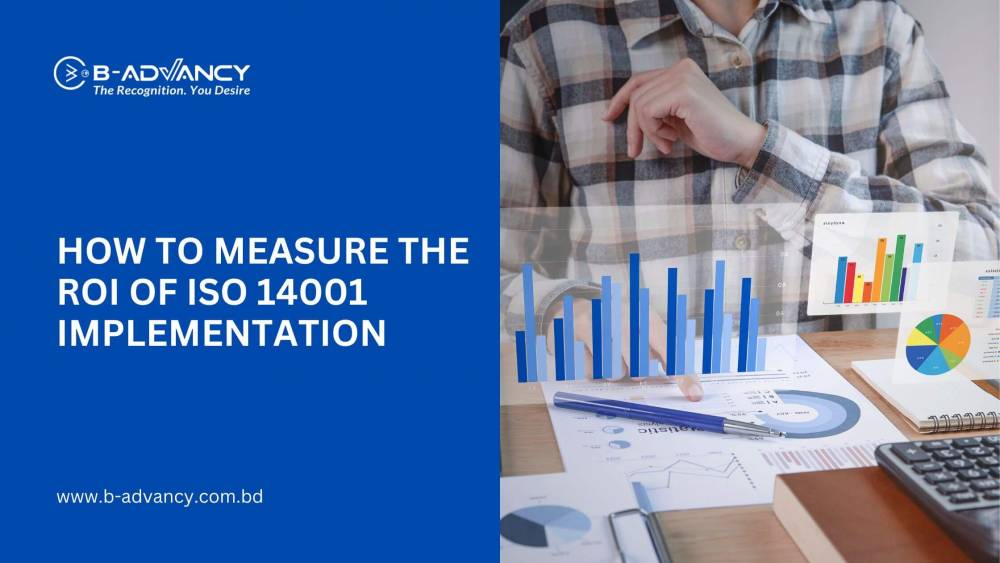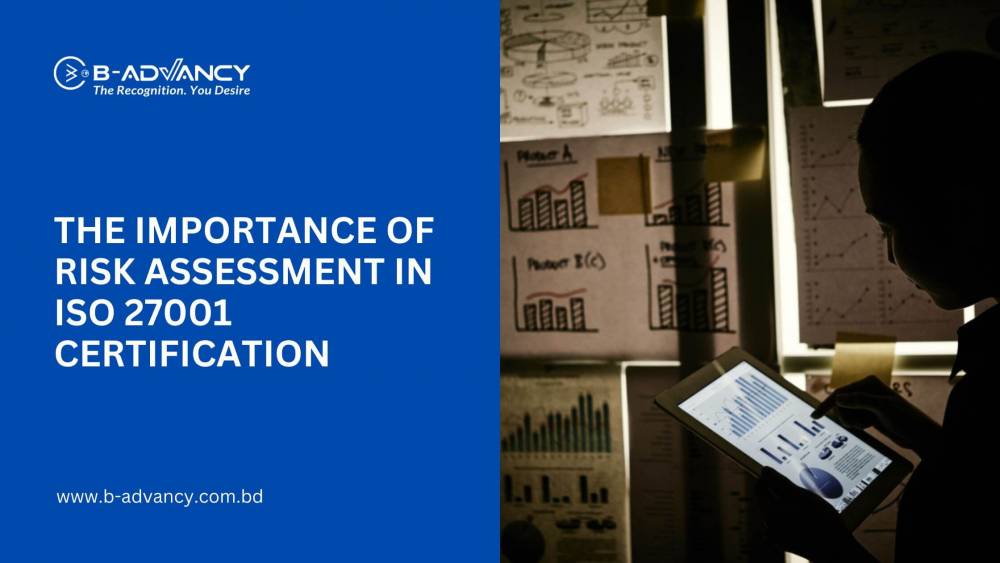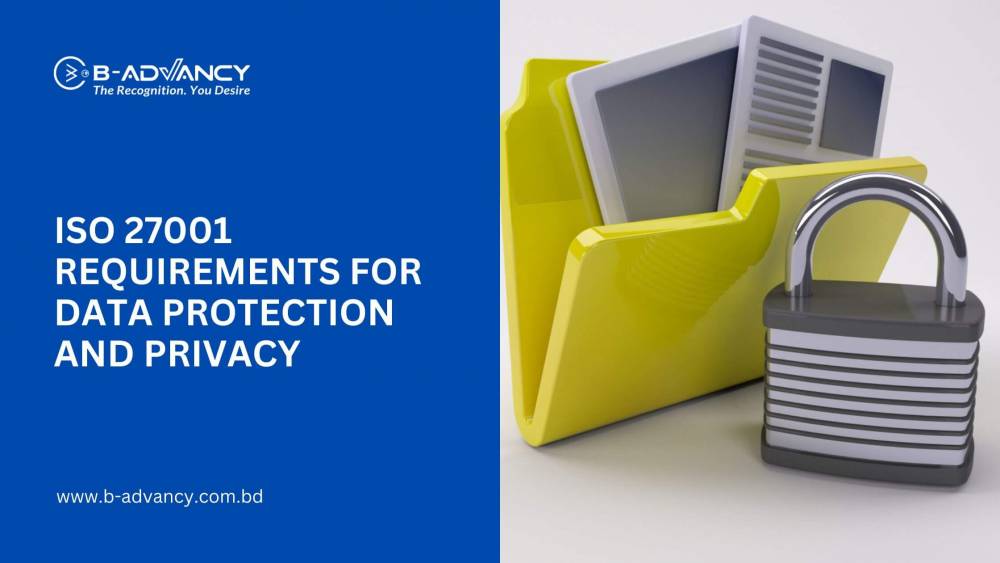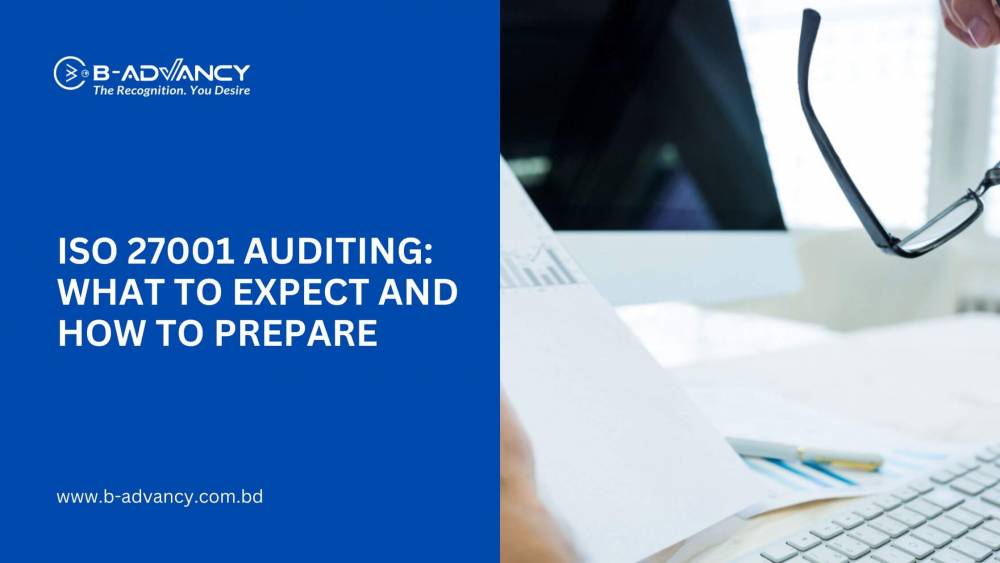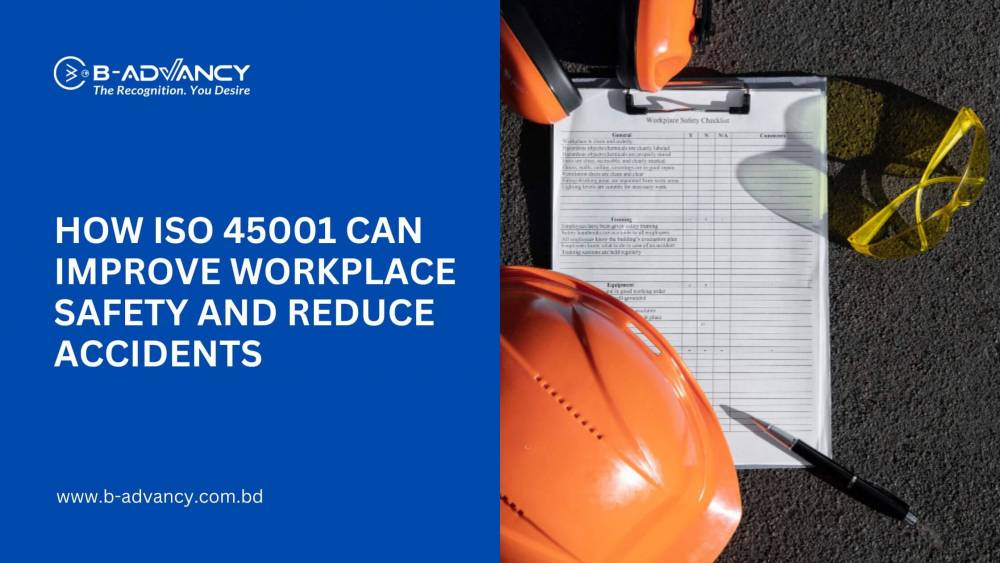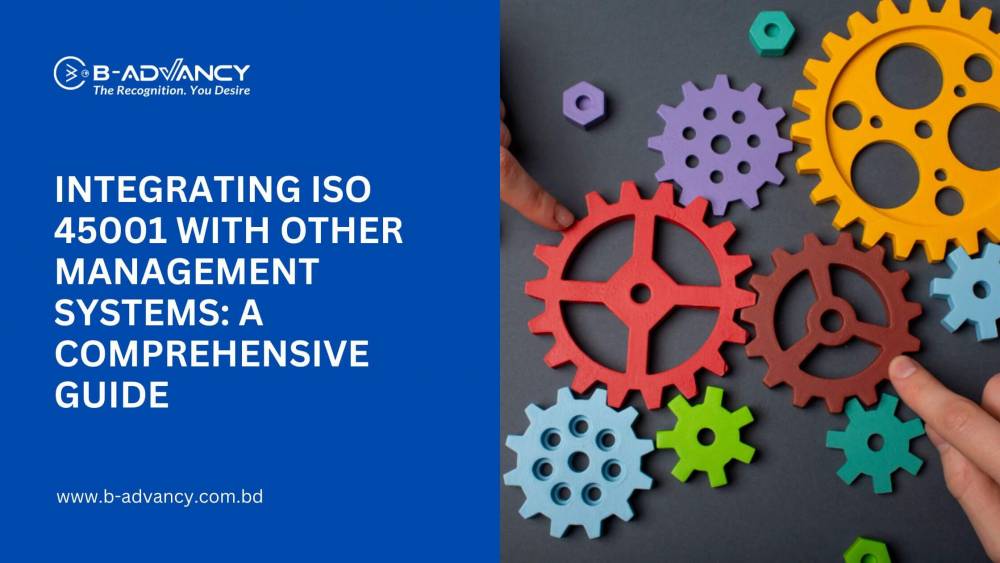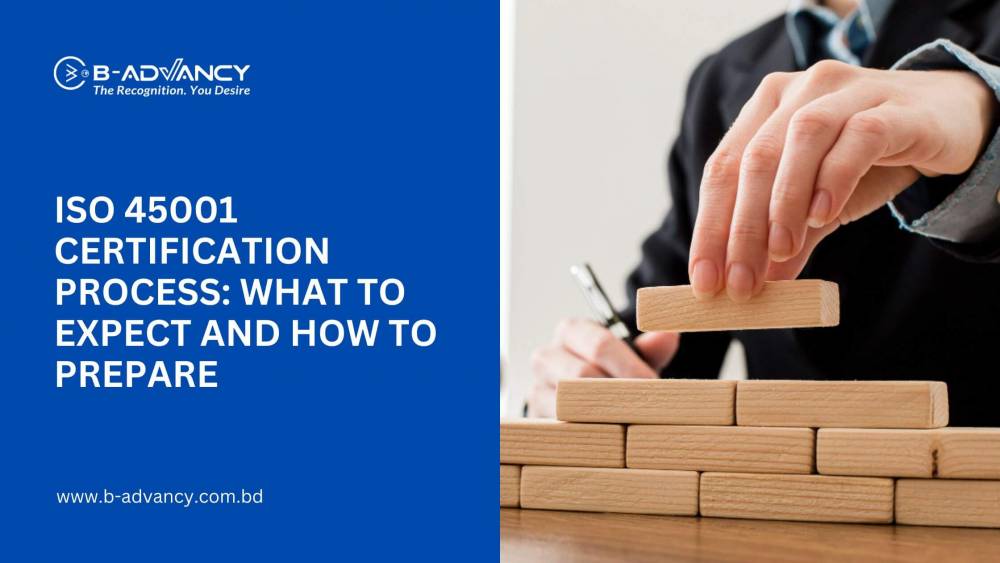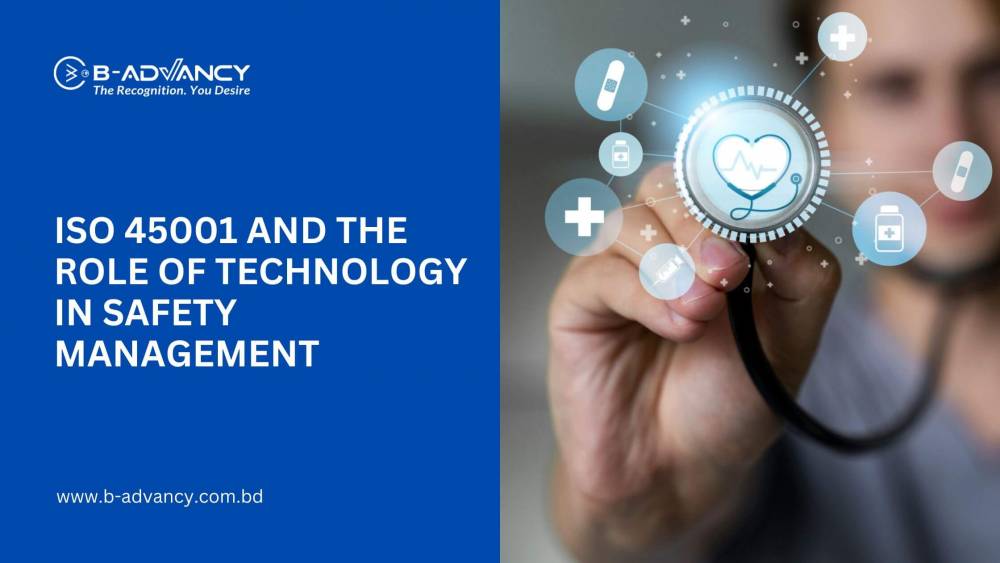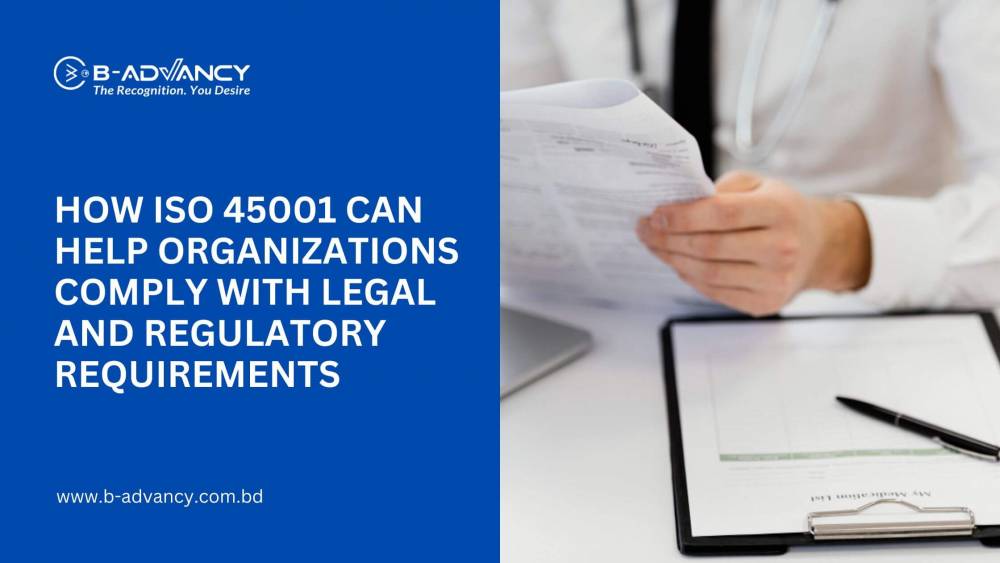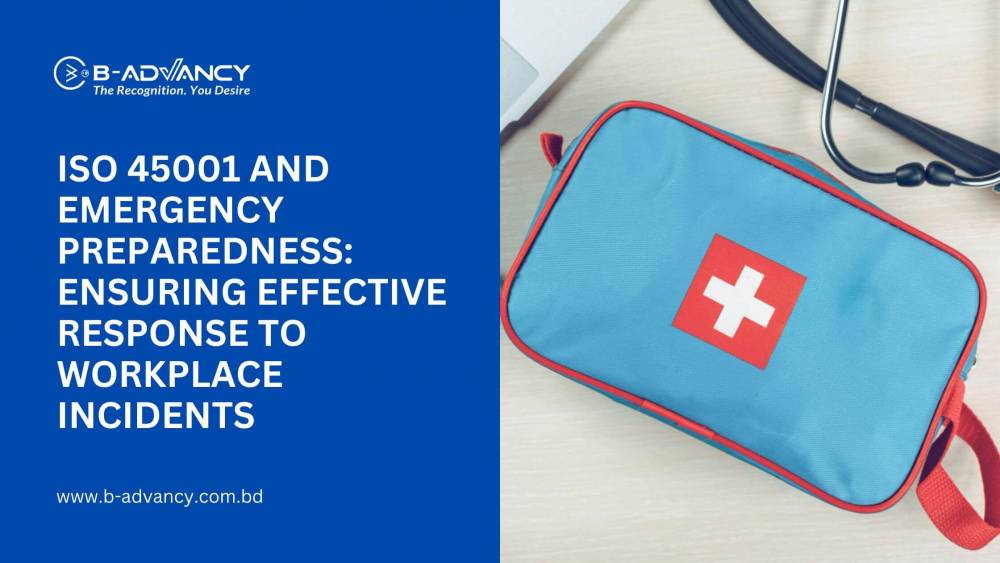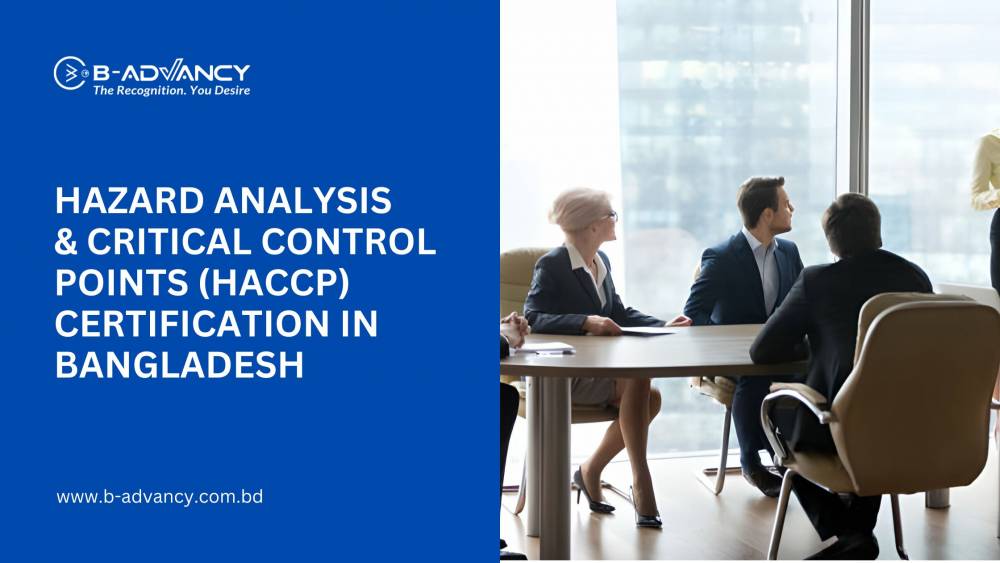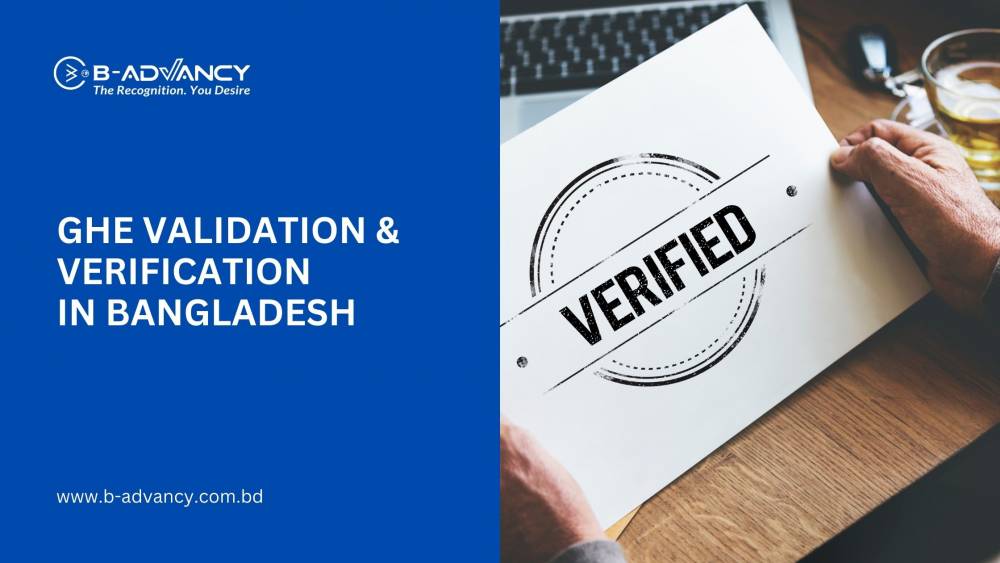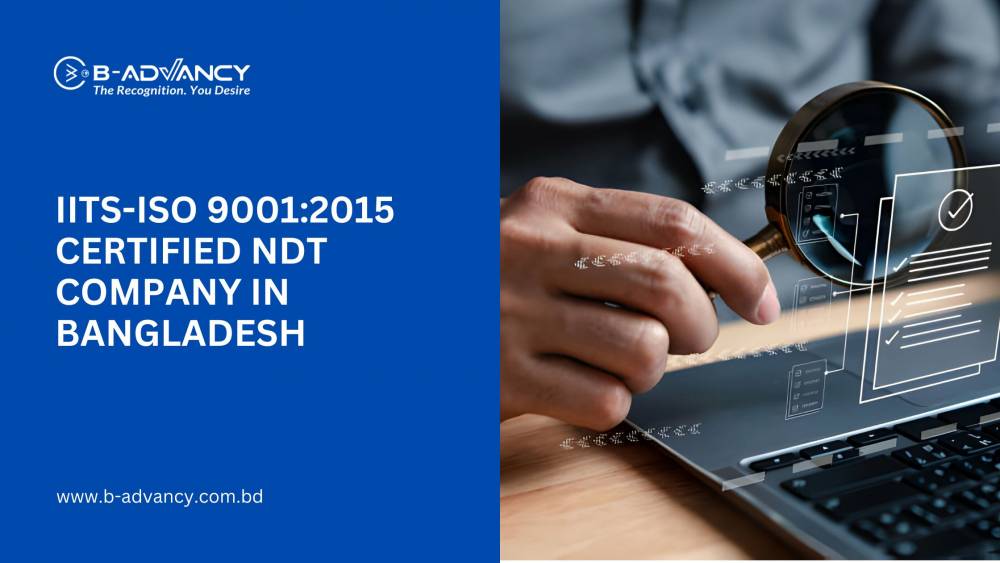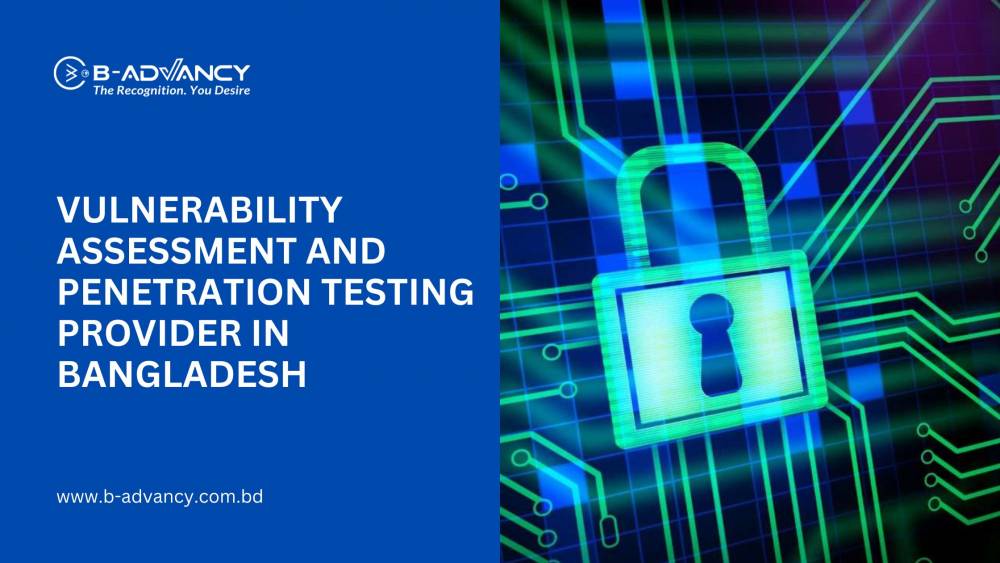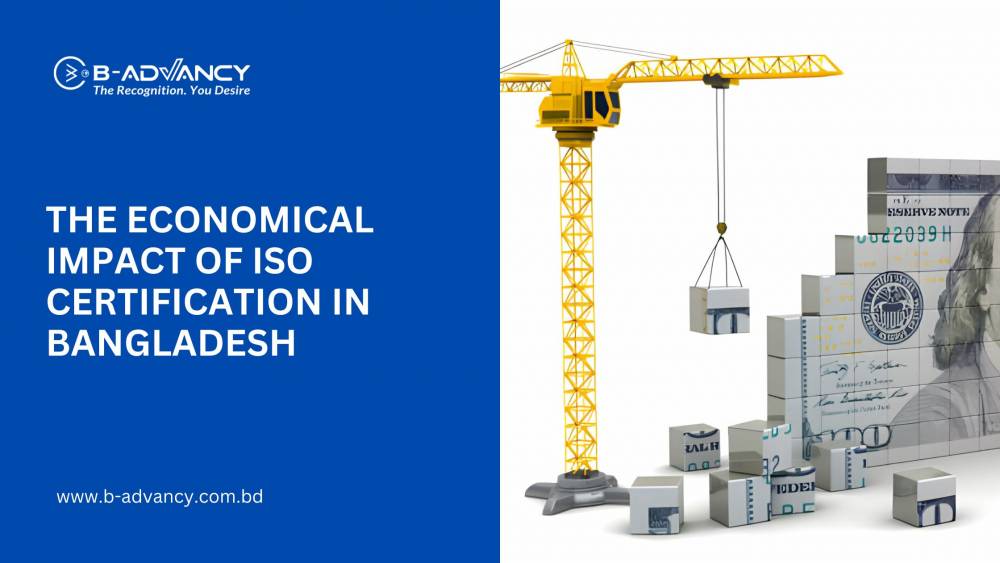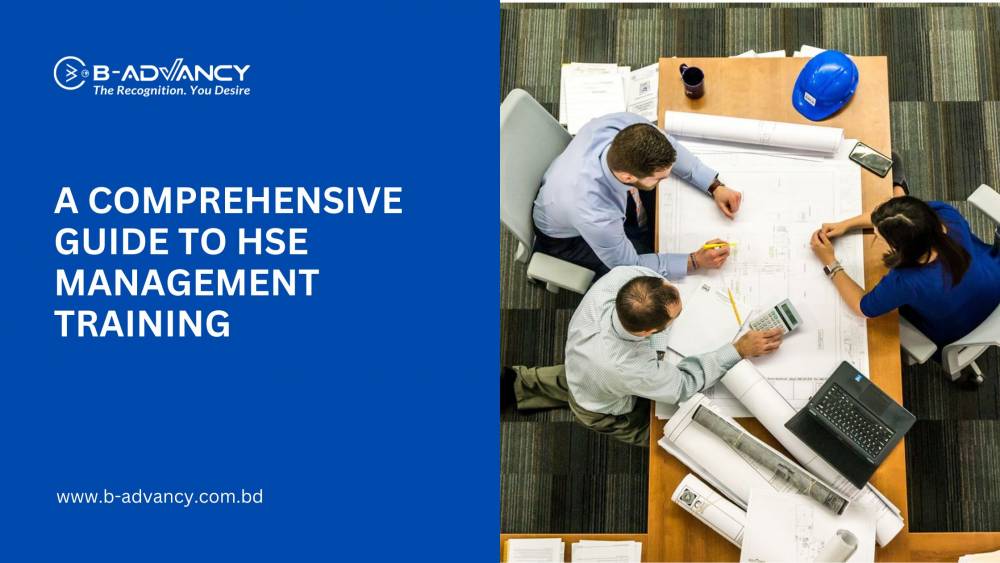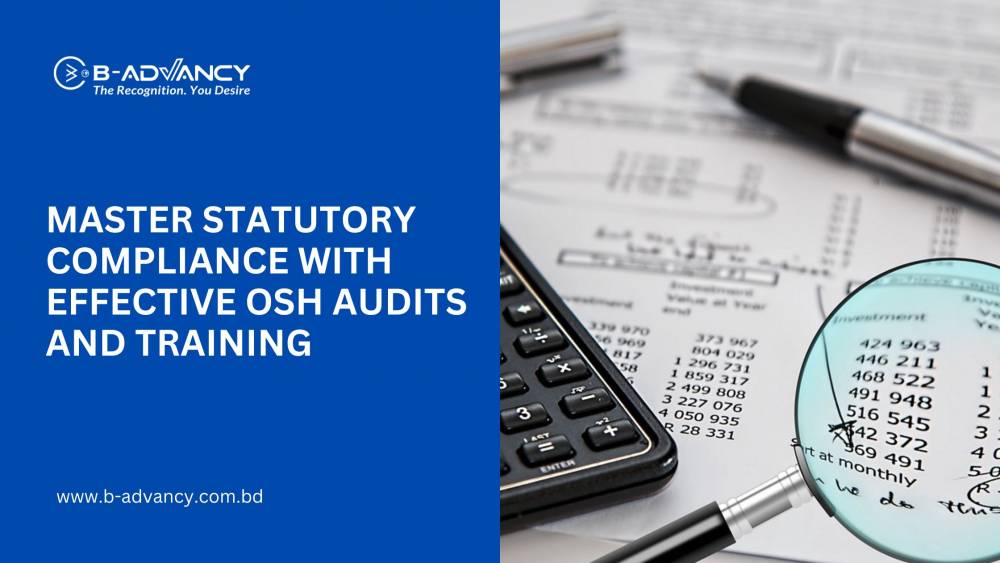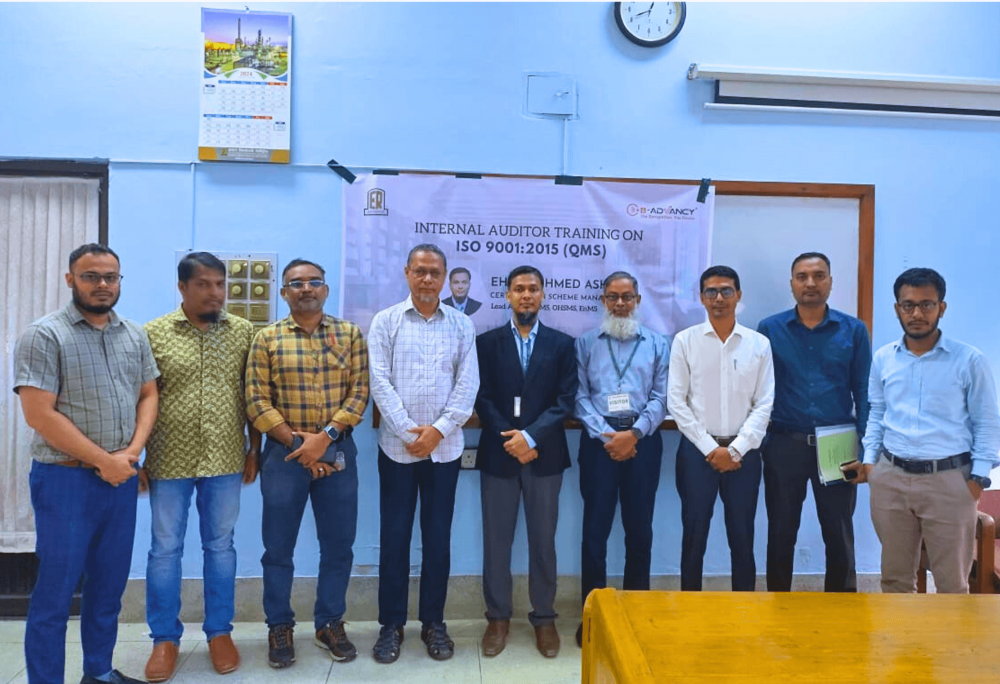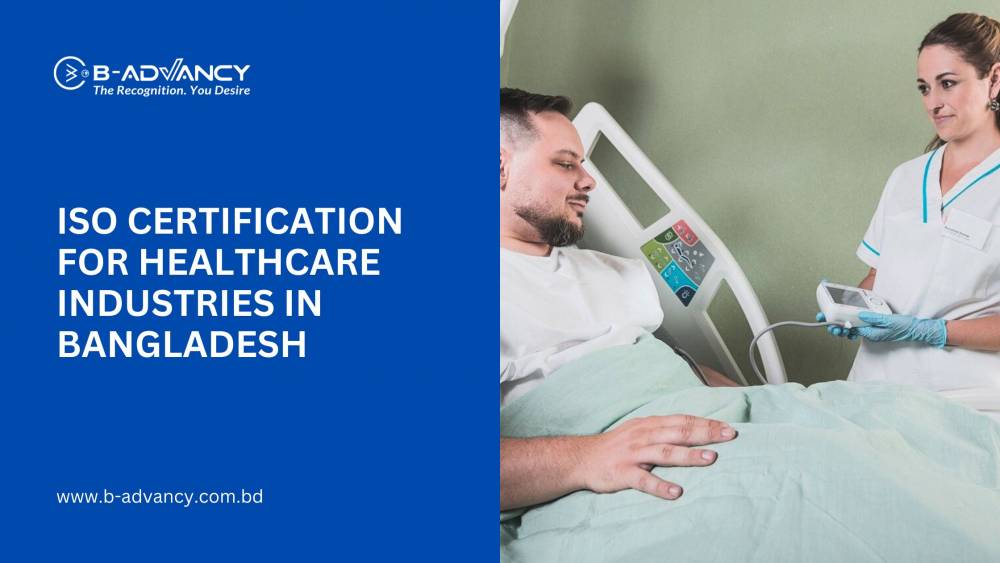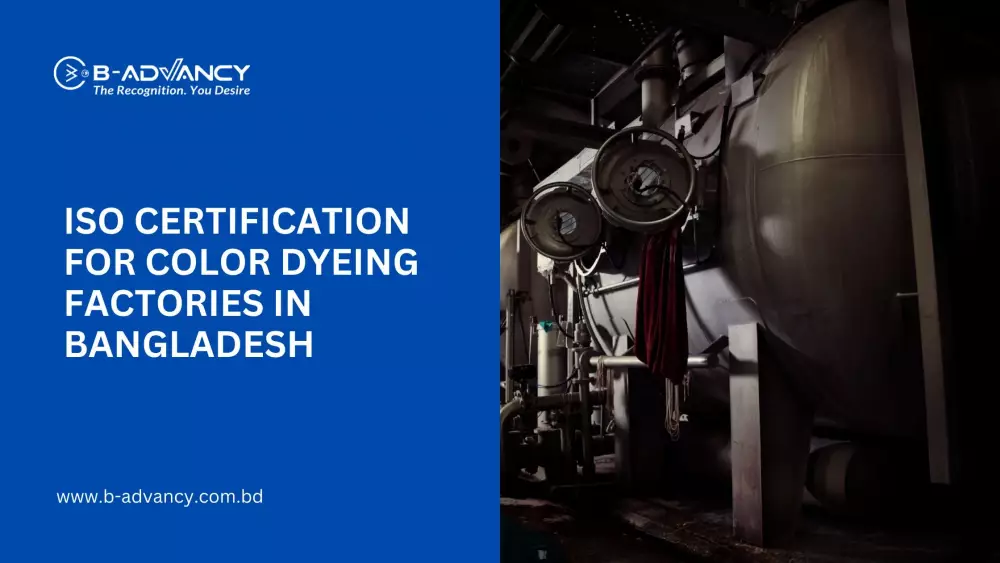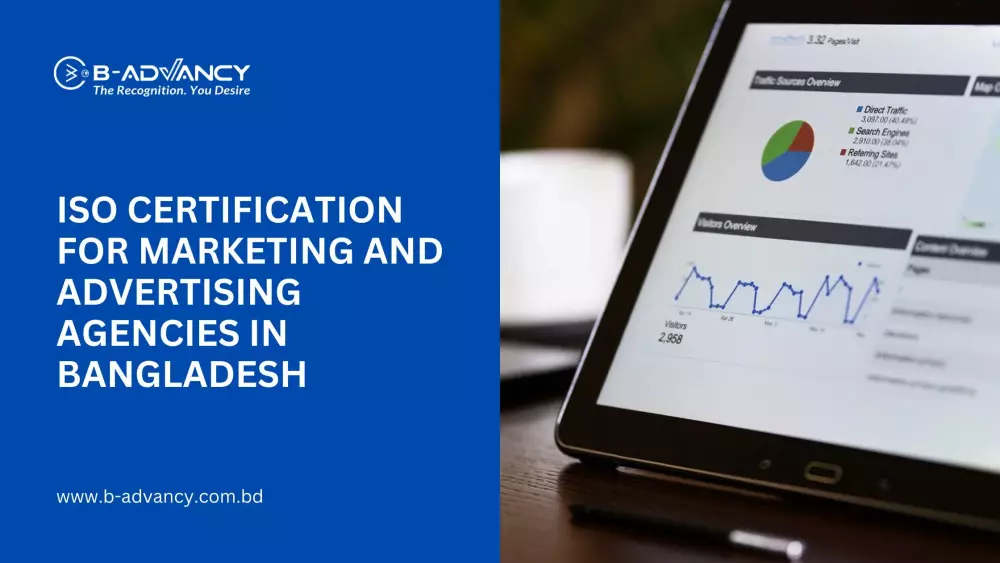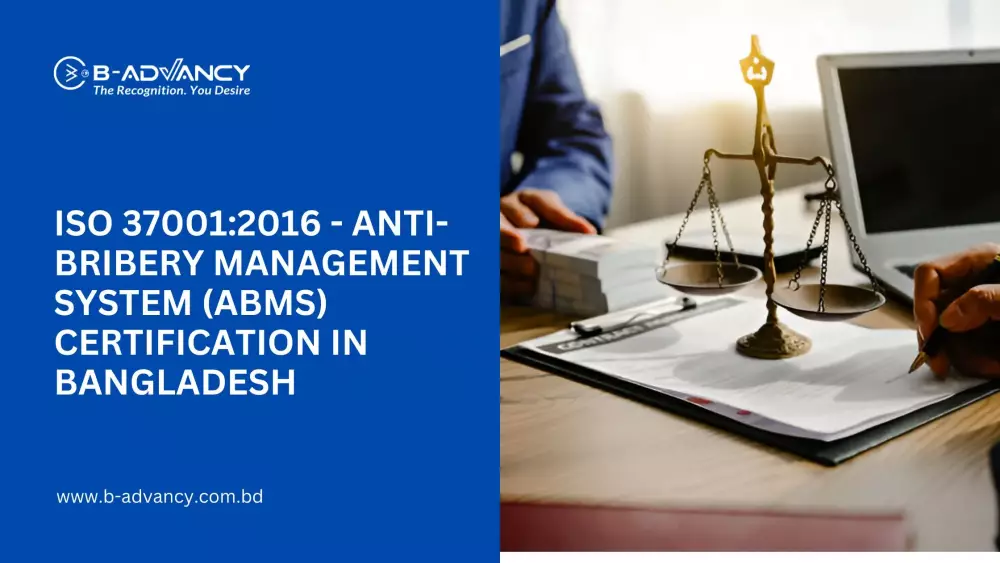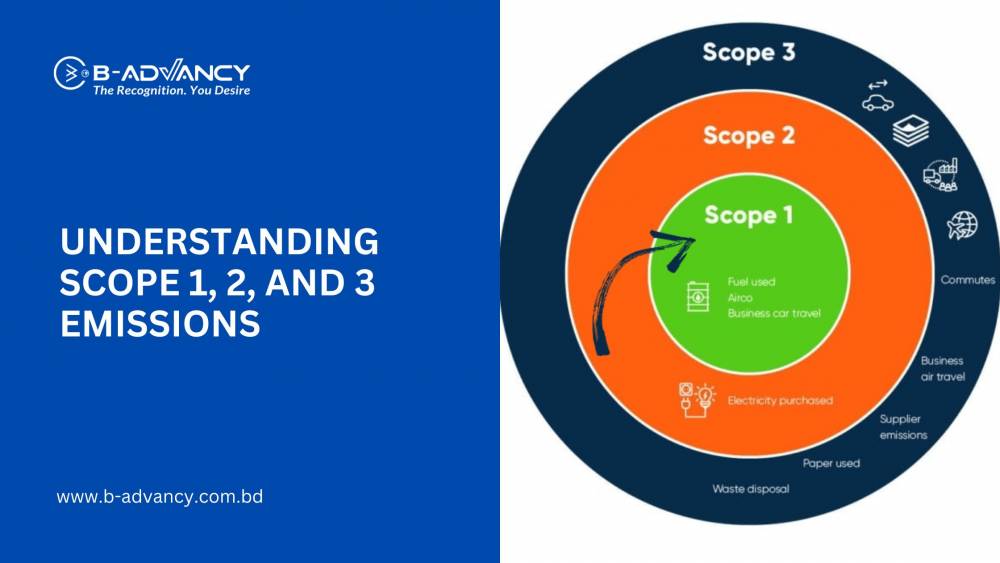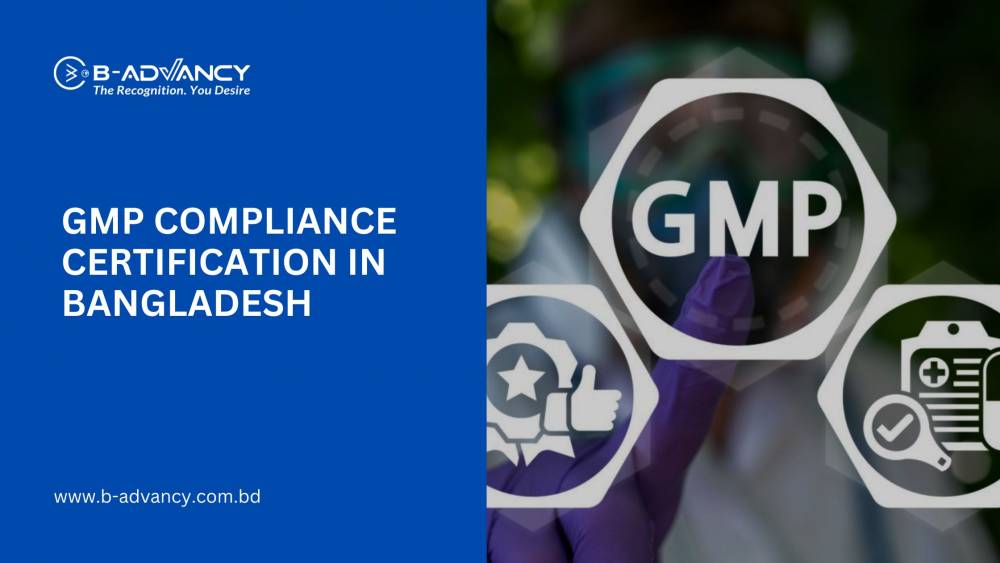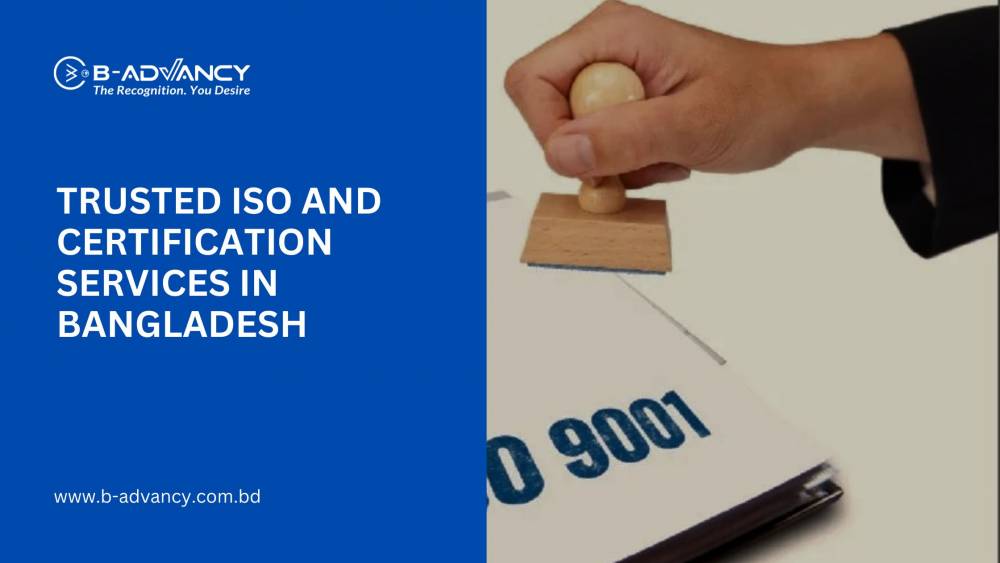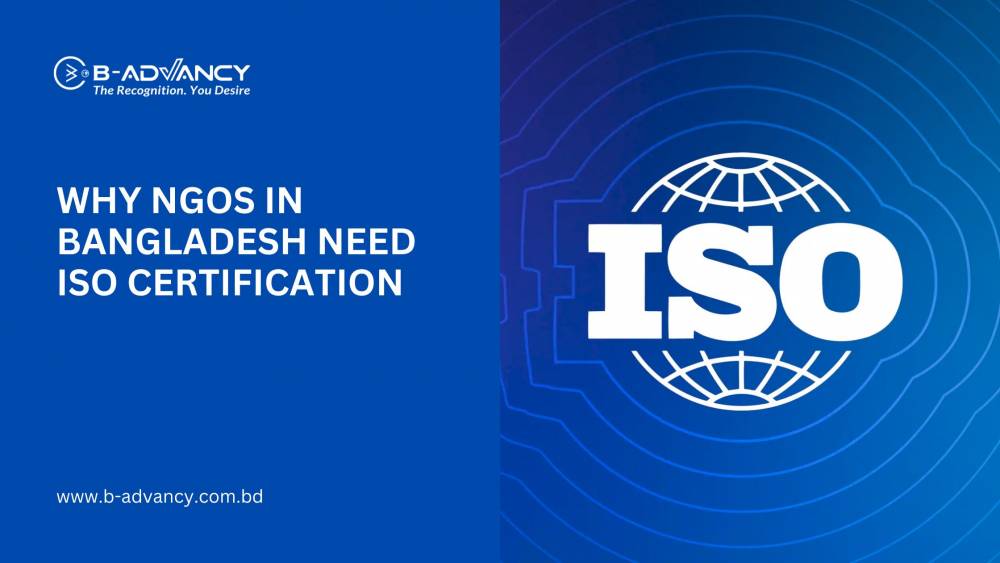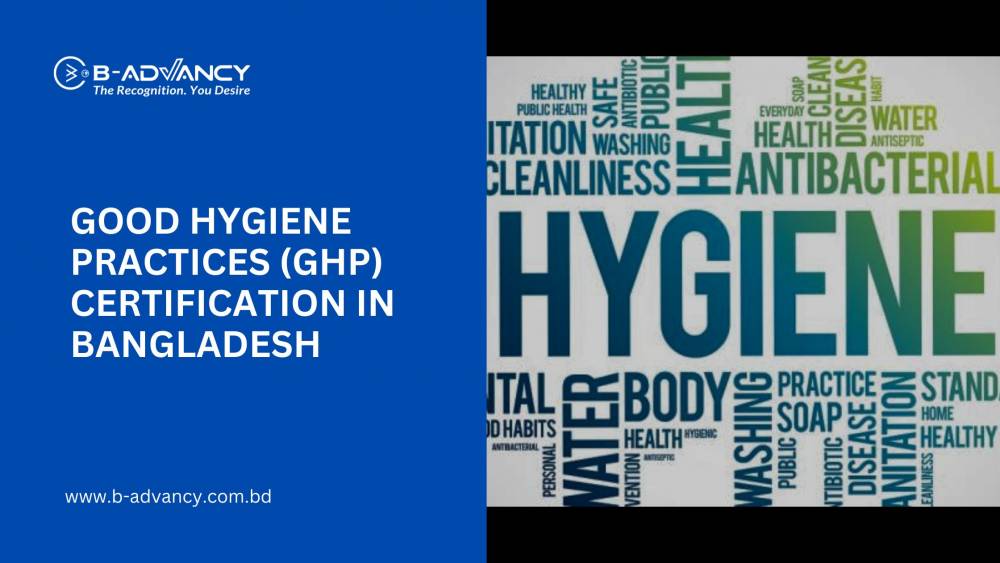ISO 45001 certification is an internationally recognized standard for occupational health and safety management systems. Obtaining this certification requires companies to implement a robust management system that ensures the health and safety of their employees. One of the most critical components of this process is conducting an effective internal audit. In this blog post, we will provide a complete guide to conducting an effective internal audit for ISO 45001 certification, with real-world examples, statistics, and case studies.
Preparing for the Audit
The first step in conducting an effective internal audit for ISO 45001 certification is preparation. Companies should identify the scope of the audit and select the auditors who will conduct the audit. It is essential to create an audit plan and checklist to ensure that all necessary areas are covered during the audit. Companies should also gather and review relevant documentation and records, such as policies and procedures, incident reports, and risk assessments.
For example, a manufacturing company preparing for an internal audit for ISO 45001 certification identified the scope of the audit to include all areas of the production process, from raw material procurement to finished product distribution. The company selected a team of auditors with experience in health and safety management. They created an audit plan and checklist, which included reviewing all relevant documentation and records, conducting interviews with employees, and observing the production process.
Conducting the Audit
The second step is conducting the audit itself. It is essential meeting with the auditee to explain the audit process and expectations. The audit should be conducted using a combination of interviews, document reviews, and observations. During the audit, auditors should identify and document non-conformities and opportunities for improvement.
For example, during the audit, the manufacturing company's auditors identified several non-conformities, including inadequate personal protective equipment (PPE) for employees and insufficient training on hazardous materials handling. They also identified opportunities for improvement, such as implementing a system for regular inspection and maintenance of machinery and equipment.
Reporting and Follow-Up
The third step is reporting and follow-up. After completing the audit, auditors should compile the audit findings and prepare an audit report. It is essential to communicate the findings to the auditee and obtain their feedback. Companies should develop and track corrective and preventive actions to address non-conformities and opportunities for improvement.
For example, after completing the audit, the manufacturing company's auditors compiled an audit report, which included recommendations for corrective and preventive actions. The auditee reviewed the report and provided feedback. The company developed a corrective action plan to address the identified non-conformities, which included providing appropriate PPE to employees and conducting training on hazardous materials handling. The company also developed a preventive action plan to address the identified opportunities for improvement, which included implementing a system for regular inspection and maintenance of machinery and equipment.
Continual Improvement
The final step is continual improvement. Companies should use the findings from the internal audit to drive continual improvement. It is essential to monitor and measure the effectiveness of the corrective and preventive actions and incorporate the findings from the internal audit into the overall management system.
For example, after implementing the corrective and preventive action plans, the manufacturing company's management team regularly reviewed the effectiveness of these actions. They also incorporated the findings from the internal audit into their overall management system, which led to improvements in their health and safety management practices.
Conclusion
Conducting an effective internal audit is a crucial step in preparing for ISO 45001 certification. By following the steps outlined in this guide, companies can identify areas for improvement and take corrective and preventive actions to ensure the health and safety of their employees. It is essential to use the findings from the internal audit to drive continual improvement and maintain ISO 45001 certification. With a robust health and safety management system in place, companies can create a safer and healthier workplace for their employees, which can lead to improved productivity, reduced costs, and increased customer satisfaction.

